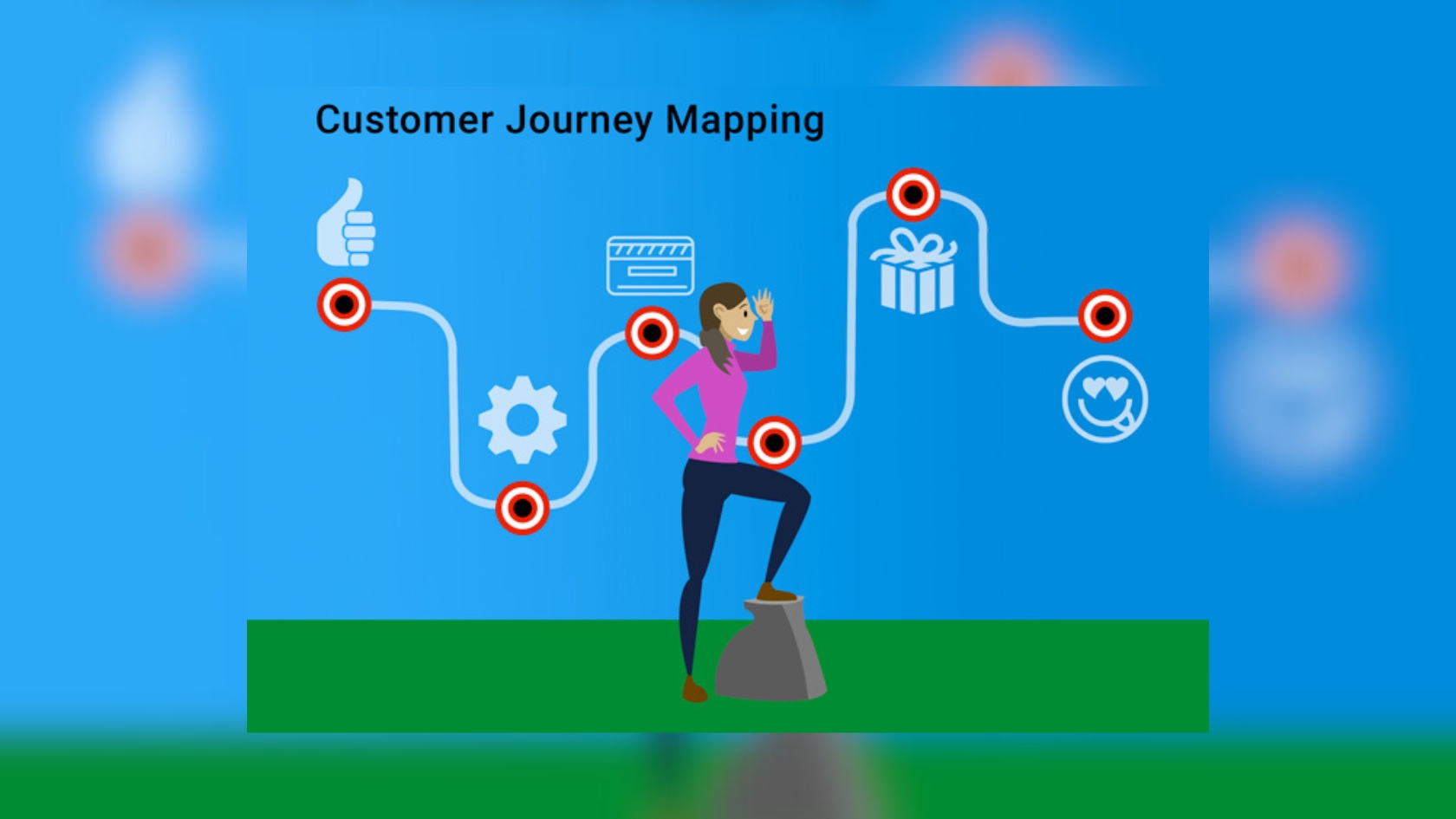Being an eCommerce business owner, it is important to understand that your customers’ journey is extremely important for the customer to make a purchase from your store. In this article, we will delve into one of the most effective methods to help your business expedite its growth, by reaching into the world of customer journey mapping. We will discuss how a business can identify customer experience areas that need improving and improve the likelihood of a successful purchase.
First, let’s define what we mean by “customer journey mapping.” Essentially, it’s a way of understanding the path that a customer takes before they make a purchase from your business. By mapping out the different stages of the customer journey, you can identify areas where you can improve the customer experience and make it more likely that they’ll buy from you.
As customer journey mapping is such an important part for any business, I felt it would be good to mention a small online bakery owned by John who reached out to us, and how we used customer journey mapping to take his business to the next level.
John’s bakery had been around for quite a few years, and you know – it was doing okay, but they knew they could be doing better – they were struggling to understand their customers and what they wanted. Sometimes it’s easy to blame the product and not realise that the product is perfect – it’s just a few that knew that that’s why we recommended using customer journey mapping to find the issue.
So, we started by mapping out the different stages of their customers. We quickly discovered that many of their customers first became aware of the bakery through social media and especially word of mouth – which is a great start; however, this meant that the customer had to research local bakeries before deciding to try them; saying that – they had quite a few leaving positive reviews, but quite hidden on the Facebook page.
We researched the different local bakeries as part of the mapping process and identified areas of improvements that could be brought onboard. By doing this we notice that many of his customers were having trouble finding detailed information about his products – especially on their website. We realised that the owner wasn’t doing much to encourage repeat business or customer loyalty.
To solve this specific problem, we decided to create a detailed product page for each item on his website. We also added customer reviews and featured products section to help customers make informed decisions. Additionally, we started sending out thank you emails and surveys after each purchase to get feedback from his customers – encouraging them to come back. Obviously – surveys came with incentives in the form of discounts or gifts.
It’s thanks to the customer journey mapping that we were able to identify areas of improvements and make changes to their business, which in turn helped them grow. By just providing detailed information about their products and encouraging customer loyalty – this attracted new customers and retain existing ones and helped then grow their business faster and more effectively. In fact, Johns online bakery saw a 30% increase in sales within the first six months of implementing these changes. There were various other changes that we recommended for his business but being that this small change made such a large difference – their story is a perfect example of how customer journey mapping can help you grow your business. This process can be used for any company no matter what you’re selling or size.
Whether you’re a clothing store, software company, or even an online bakery, you can use this to understand customers better and make more informed decisions about how to grow your business.
I recommend that you start by mapping out the different stages of customer journeys for your business. Take notes of where customers are becoming aware of your products and where they are running into trouble during the buying process.
Now, let’s talk about the different stages: Generally, there are four stages: awareness, consideration, purchase, and post-purchase.
Stage 1: Awareness
During the awareness stage, customers are just starting to research different products or services. They are now discovering what might be a good product for them, and this is where it’s a great opportunity for any business to create content that actually educates the customers about their products and why they can differentiate them from their competitors.
Stage 2: Consideration
We now must think about the consideration stage. The potential customer is now narrowing down their decision on what product they want to buy. This is the opportunity for the business to provide further details information about that specific product, which should include specifications and add any reviews it may have; helping the customer make an informed decision.
Stage 3: Purchase
The customer has now decided to make the purchase on the efforts the business has placed onto that product. So, congratulations – they just made a sale.
Stage 4: Post-Purchase
Finally, there’s the post-purchase stage. This is where businesses can encourage customer loyalty and repeat business. This can be done through follow-up communication, such as thank you emails or surveys, and by providing excellent customer service.
By mapping out the customer journey and identifying the areas for improvement, businesses can make better-informed decisions about their specific marketing and sales strategies. Having this knowledge can really expediate the growth of a business in a more effective manner, giving them the competitive edge over other eCommerce sites.
Remember, customer journey mapping is a powerful tool that can help you grow your business and understand your customers better.









